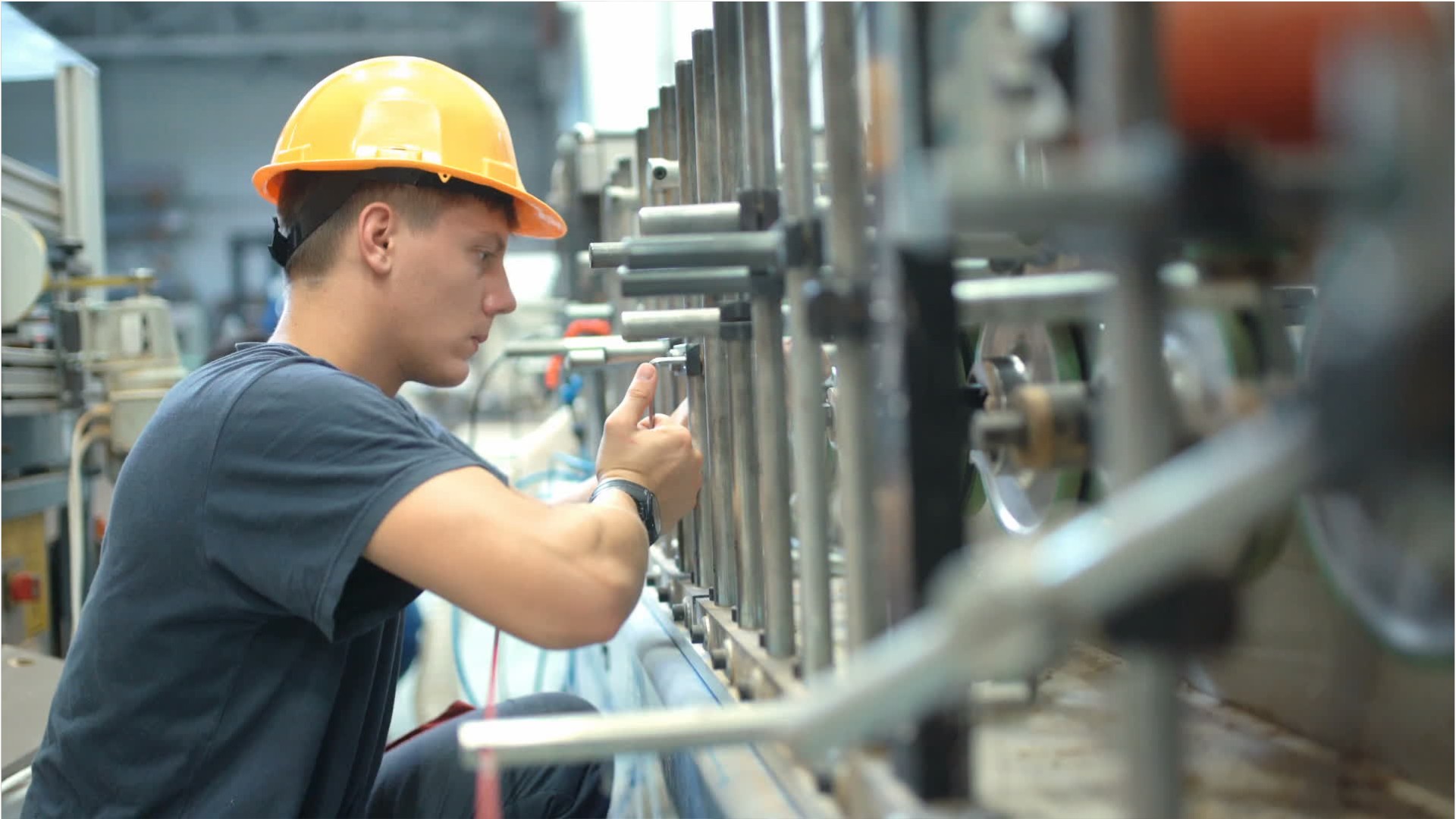Tool & Die Makers
Tool and Die Machinist, Tool and Die Maker, Tool and Fixture Specialist, Tool Maker
 Select a military branch to see samples.
No similar titles were found.
Select a military branch to see samples.
No similar titles were found.
Allied Trades Warrant Officer; Combat Engineer; Wheeled Vehicle Mechanic
Machinery Technician; Marine Safety Specialist Engineer; Naval Engineering Specialty
Machinist
Machinery Repairman
No similar titles were found.
What they do:
Analyze specifications, lay out metal stock, set up and operate machine tools, and fit and assemble parts to make and repair dies, cutting tools, jigs, fixtures, gauges, and machinists' hand tools.
On the job, you would:
- Verify dimensions, alignments, and clearances of finished parts for conformance to specifications, using measuring instruments such as calipers, gauge blocks, micrometers, or dial indicators.
- Set up and operate conventional or computer numerically controlled machine tools such as lathes, milling machines, or grinders to cut, bore, grind, or otherwise shape parts to prescribed dimensions and finishes.
- Visualize and compute dimensions, sizes, shapes, and tolerances of assemblies, based on specifications.
Knowledge
Engineering and Technology
- mechanical
- design
Math and Science
- arithmetic, algebra, geometry, calculus, or statistics
Manufactured or Agricultural Goods
- manufacture and distribution of products
Arts and Humanities
- English language
Skills
Basic Skills
- keeping track of how well people and/or groups are doing in order to make improvements
- thinking about the pros and cons of different ways to solve a problem
Problem Solving
- noticing a problem and figuring out the best way to solve it
Abilities
Hand and Finger Use
- hold or move items with your hands
- put together small parts with your fingers
Ideas and Logic
- notice when problems happen
- group things in different ways
Verbal
- communicate by speaking
- listen and understand what people say
Personality
People interested in this work like activities that include practical, hands-on problems and solutions.
They do well at jobs that need:
- Cautiousness
- Attention to Detail
- Dependability
- Achievement Orientation
- Perseverance
- Innovation
Technology
You might use software like this on the job:
Computer aided design CAD software
- Bentley MicroStation
- Dassault Systemes SolidWorks
Presentation software
- Microsoft PowerPoint
Computer aided manufacturing CAM software
- 1CadCam Unigraphics
- OPEN MIND Technologies hyperMILL
Education
Education: (rated 3 of 5)
certificate after high school or
high school diploma/GED
usually needed
high school diploma/GED
usually needed
Job Outlook
Below Average
New job opportunities are less likely in the future.
Explore More
- Forging Machine Setters, Operators, & Tenders, Metal & Plastic
- Grinding & Polishing Workers, Hand
- Milling & Planing Machine Setters, Operators, & Tenders, Metal & Plastic
- Model Makers, Metal & Plastic
- Tool Grinders, Filers, & Sharpeners
You might like a career in one of these industries:
See more details at O*NET OnLine about Tool & Die Makers.





